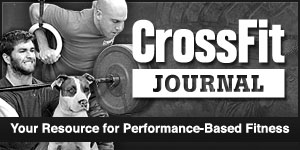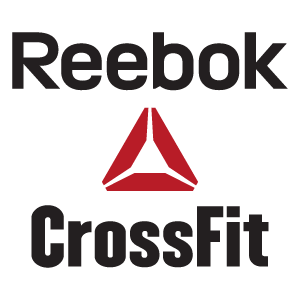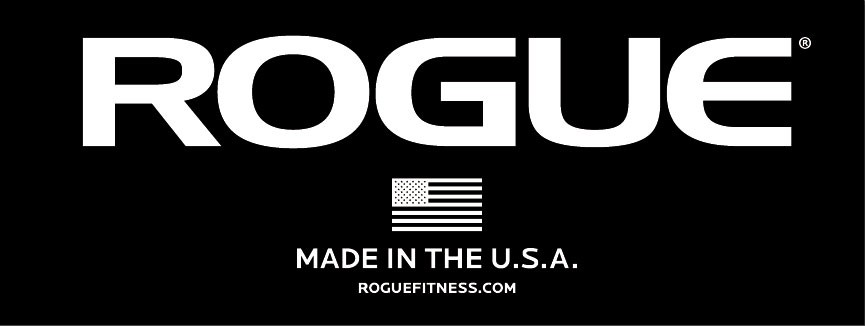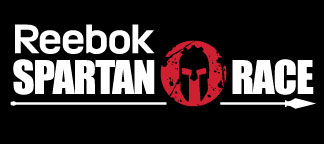How femur length affects squat mechanics
You are probably more than annoyed from people telling you about your bad form and that you don´t understand that you have to stand upright while squatting.
Maybe you are not that immobile Athlete, maybe you do have good mobility and flexibility and the enigma is something completely different! The truth is that not everybody has to be forced to squat the “perfect” way and there is more than one way to squat correctly – in fact, the athlete’s anatomy, especially their femur length, should dictate squat width and mechanics.
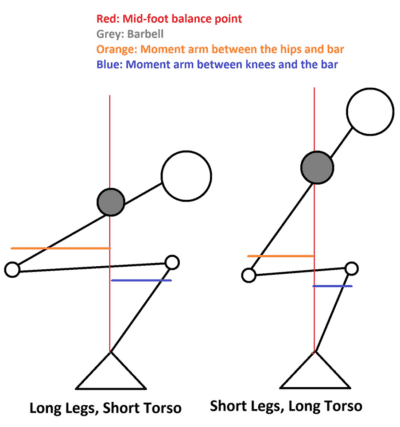
Although the squat comes with some basic form rules, there is no generally valid squat position because hip anatomy can easily differ between people. Therefore, no two people will ever squat exactly the same way. Some people have a really hard time squatting deep, while others have their feet pointing out no matter what they do. The one with a longer torso and shorter femurs would be better at high bar squats, squat very deep and keep an upright back with relative ease, while the one with a shorter torso and longer femurs would prefer low bar squats, squat just below parallel and constantly lean forward.
Do you have a long femur?
The best way to check if a long femur is a problem for you and your Squat is to find a seat you sit on with perfect parallel thighs. This will not work if your hips are higher or lower than your knees or in any way not parallel.
Sit in front of a mirror and face it. You must be able to view your profile.
You should wear your Training shoes in which you squat, but not lifters as they have an elevated heel and at all time during the test you keep your feet flat on the floor.
Place the feet in squat position with toes pointed ahead than start bending your knees like in a Squat. Remember to keep the heels on the floor. Lean forward and keep the back straight. Maintain an arched lower back.
The target is to form a vertical line between the ankles and the back of the shoulder, where the Bar would be positioned in a Back Squat.
How far do you have to lean forward to come into the vertical line?
Are you over until the point where you have lost the lower back arch, you feel your back rounding and/or your torso is parallel to the floor? Sounds like long femurs
If you can get decent abduction at your hips, that means push your knees way out to the side without problems, you “shorten” your femurs, what gives you less distance you have to compensate for with forward lean.
In this case either a high or low bar position and a moderate to wide stance will allow you to stay more upright and involve your quads, hamstrings, and glutes better.
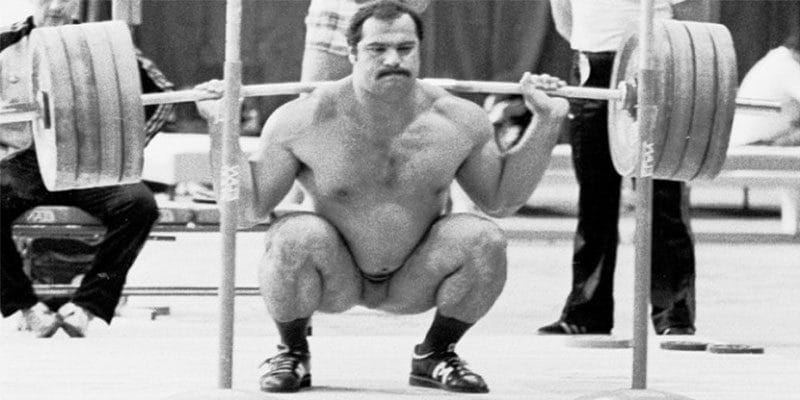
If you can’t abduct at the hip that well, then your best choice is an Olympic lifter shoe. If you have tight ankles, a shoe with a raised heel will help a lot with this technique. Stay with high bar squats and a close to moderate stance width, and let your knees path forward. This probably allows you to stay more upright with the aim of countering the tendency of your spinal erectors to be the mourner.
7 Exercises to Improve Squat Mobility for Crossfitters
The post How femur length affects squat mechanics appeared first on BOXROX.



